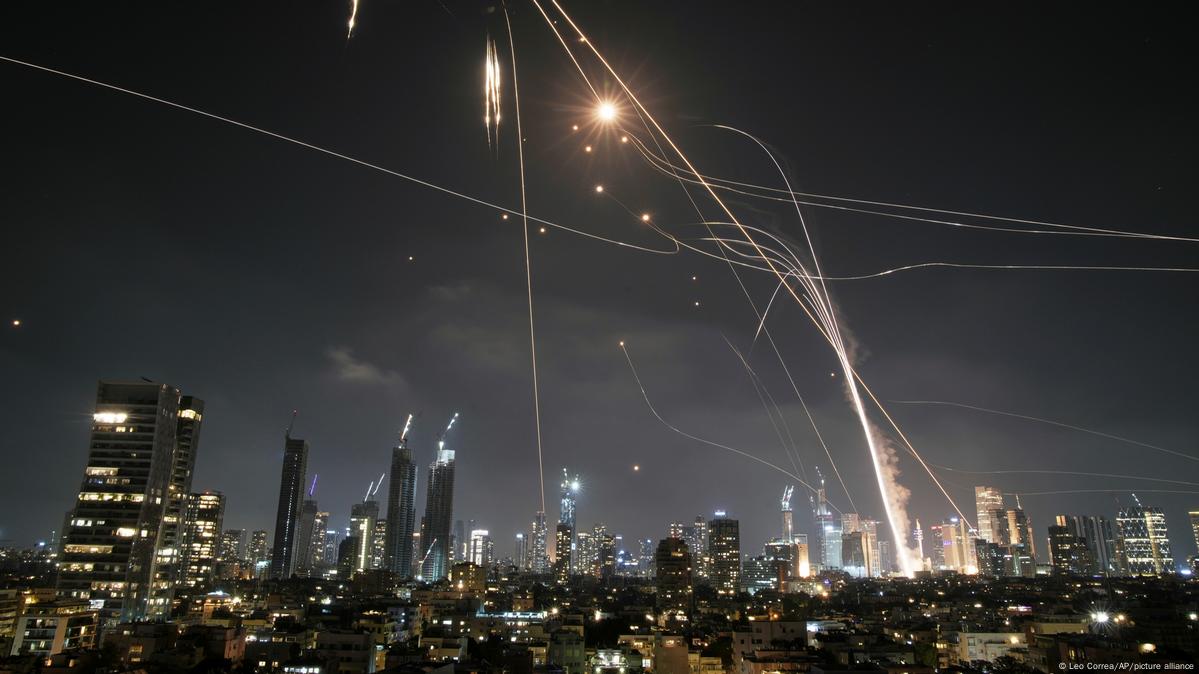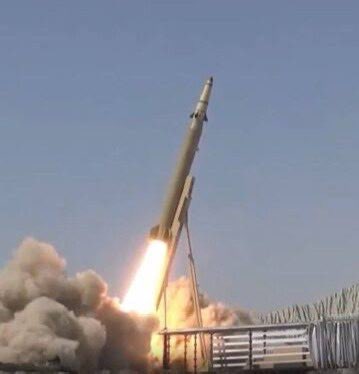Israel’s Arrow Interceptors Running Out Fast as Iranian Missiles Pound Homeland
Sources within the U.S. defence establishment, speaking anonymously to American media outlets, have confirmed that Israel is facing a rapidly diminishing supply of its most strategic exo-atmospheric defence system, the Arrow, co-developed by Israel Aerospace Industries (IAI) and Boeing, amid what is now considered the most intense missile and drone saturation campaign the Israeli homeland has ever encountered.
(DEFENCE SECURITY ASIA) –Israel’s vital stockpile of Arrow anti-ballistic missile interceptors is nearing critical depletion, heightening alarm within defence circles in both Tel Aviv and Washington as the country struggles to maintain operational readiness under the strain of unprecedented Iranian missile attacks.
Sources within the U.S. defence establishment, speaking anonymously to American media outlets, have confirmed that Israel is facing a rapidly diminishing supply of its most strategic exo-atmospheric defence system, the Arrow, co-developed by Israel Aerospace Industries (IAI) and Boeing, amid what is now considered the most intense missile and drone saturation campaign the Israeli homeland has ever encountered.
The looming shortfall is already forcing Israeli military planners to make increasingly difficult decisions—deciding which threats to intercept and which to allow through—heightening the risk of damage to urban population centres and strategic infrastructure.
The crisis comes on the heels of Israel’s audacious military escalation last week, targeting what it described as Iran’s “existential” nuclear and missile infrastructure.
In retaliation, Iran launched over 370 ballistic and cruise missiles, accompanied by waves of suicide drones, specifically calibrated to challenge and exhaust Israel’s multi-tiered air and missile defence system.
While Israel’s Iron Dome continues to manage short-range threats, and David’s Sling tackles medium-range projectiles, it is the Arrow system—Israel’s top-tier shield against long-range ballistic missiles—that is now in danger of being overwhelmed.
A report by The Wall Street Journal reveals that Washington had long been aware of the Arrow missile shortage, and had been working behind the scenes to shore up Israel’s defences through expedited military aid and joint inventory sharing.

However, U.S. resources are also under pressure, as the Pentagon is simultaneously dispatching interceptors to other theatres such as Ukraine and Taiwan, raising internal concerns that its own missile stockpiles may also be running thin.
A follow-up analysis by The Washington Post, citing sources familiar with U.S. and Israeli intelligence assessments, warned that Israel may only have 10 to 12 days’ worth of Arrow and other air defence munitions left if the current rate of Iranian missile launches continues.
The situation may become even more acute by the end of the week, as officials caution that Israel will soon be forced to triage its missile defence operations, selectively engaging only the most dangerous projectiles.
“The system is already overwhelmed,” said one source quoted in the report.
Indeed, Israel has begun allowing select missile impacts in open terrain, consciously conserving interceptors for high-value targets such as nuclear sites, military installations, and major population centres.
However, the increasing scale and sophistication of Iranian attacks—many employing multi-axis, swarm tactics—are beginning to outpace even the most well-coordinated Israeli interception protocols.
Despite the mounting concerns, the Israel Defense Forces (IDF) has declined to comment on the specific status of its Arrow missile inventory.

In a brief statement, the military said it is “prepared and ready to handle any scenario,” while avoiding confirmation or denial regarding the reports of depleted interceptor reserves.
The Arrow family of missile defence systems forms the backbone of Israel’s strategic deterrent against long-range ballistic missile attacks, particularly those with potential nuclear or chemical warheads.
The most advanced operational version, Arrow-3, became active in 2017 and is designed as a hit-to-kill interceptor, capable of destroying incoming ballistic missiles in space during their mid-course flight phase.
Unlike traditional missile interceptors, Arrow-3 carries no explosive payload but relies on kinetic impact, reducing the risk of debris or secondary warhead detonation over Israeli territory.
The Arrow-3 system boasts an operational ceiling that exceeds 2,400 km, enabling it to intercept intercontinental ballistic missiles (ICBMs) and advanced regional threats such as Iran’s Sejjil and Khorramshahr-class long-range missiles.
The Arrow-2, the system’s earlier variant, continues to provide endo-atmospheric coverage, targeting missiles during their re-entry phase using active radar homing and a proximity-fused warhead.

Looking ahead, Israel and the U.S. are jointly developing the Arrow-4, a next-generation interceptor designed to neutralise hypersonic glide vehicles (HGVs) and manoeuvrable re-entry vehicles—capabilities that Iran and other adversaries are increasingly pursuing.
These interceptors are guided by the Green Pine radar, a powerful phased-array detection and tracking system capable of spotting incoming missile threats at over 500 km, integrated with the Citron Tree battle management centre, which oversees intercept geometry and system coordination.
However, while Iron Dome is mass-produced and regularly replenished through U.S. funding, the Arrow series is manufactured in limited quantities due to its strategic sensitivity, classified components, and production complexity.
Each Arrow-3 interceptor costs over US$3 million (approximately RM14.2 million), with production tightly regulated by both Israeli and U.S. defence authorities.
This makes rapid replenishment during wartime particularly challenging.
Moreover, Israel’s growing reliance on Arrow—especially in the face of Iran’s evolving missile arsenal—has exposed the fragility of its high-end missile defence doctrine, especially in scenarios involving prolonged conflict and multiple adversaries.
Adding further complexity, Germany is set to procure the Arrow-3 system under a landmark €4 billion deal, which could stretch production lines already under stress from Israel’s immediate operational needs.


